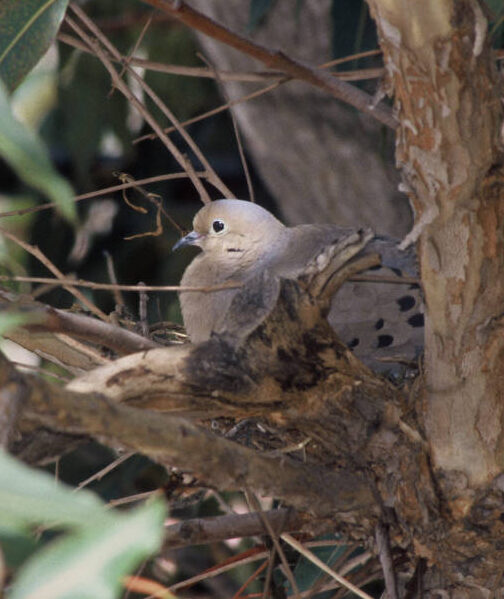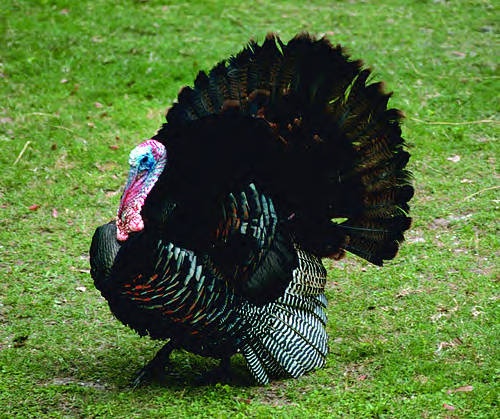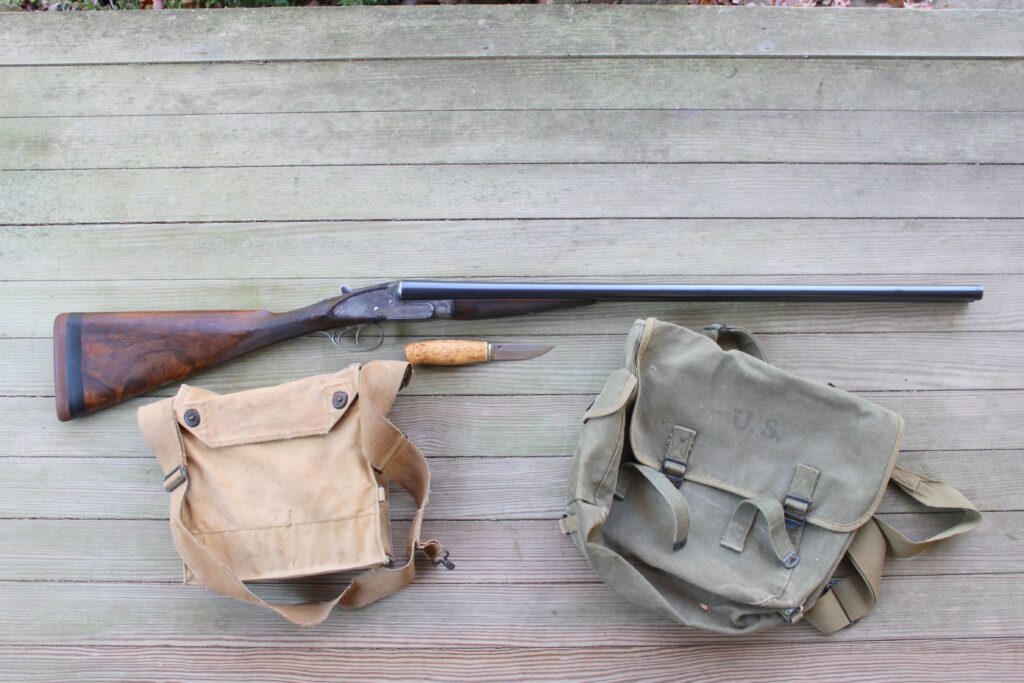
By Jim Dickson | Contributing Writer
The South has a wealth of bird shooting. Our dove shoots rival any driven grouse shooting in the British Isles, the Bobwhite quail hunting is world famous, our woodcock are as elusive a target as anywhere, and the Smokey Mountains are home to the ruffed grouse.
Whether you are walking up quail or grouse behind a fine English setter or you are in the fast and heavy shooting of a good dove field there is all the shotgun action your heart could desire.
While most any shotgun will do the true gun lover who doesn’t want to ever miss a bird would do well to invest in a Best Quality 12 gauge side by side game gun from the British Isles that is stocked to their individual measurements. These are the easiest and surest to hit with shotguns ever made. Styles come and go but performance is what counts.
For those who won’t invest in a side-by side-double my second choice would be the old fashioned farmer’s single barrel shotgun as they handle better than the other choices. I am far more interested in hitting the birds than I am in looking stylish.
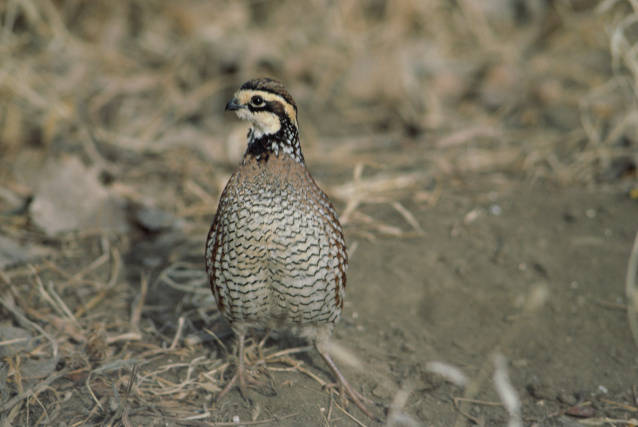
As for loads I have stuck with one 12 gauge load, the 19th and first part of the 20th century favorite, 1 ounce of # 6 shot over 3 drams of powder. This patterns perfectly, has no recoil that I can feel, and kills everything from woodcock to turkeys efficiently at all ranges.
There are two styles of shotgun shooting that can be recommended. The first is the English style which stresses proper form like longbow shooting so that an instructor can instantly correct you when you are in a slump and get you to hitting birds again. The second, and my favorite, is the instinct shooting method the late Lucky McDaniel taught the Army which adopted it as the “Quick Kill” instinct shooting system during the Viet Nam War.
Regardless of which style you use just remember that shotguns are pointed, not aimed. Just like keeping your eye on the ball when hitting a baseball you should keep your eye on the bird and not look at your gun.
Bird dogs are quite useful for finding and pointing birds plus they can retrieve birds that fall where you would have the utmost difficulty in recovering them. The best bird dog that I ever hunted with was my English setter, Sandy. He was a pedigree dog, but he had a broader head than the show standards. That big head held a big brain. Show standards of a narrow head and a small brain box ruined the Irish setter. The closer a dog works with you the more intelligence he needs. Sandy had that intelligence and we worked together in the hunting fields like a well-oiled machine.
Birds and briers seem to always go together so I always wear leather boots and canvas brush buster bird hunting clothes with the front of the pants faced with a briar proof covering. The best I ever had was a pair with Naugahyde covering. The were the nearest to briar proof that I ever saw.
A cap with a long enough bill to keep the sun out of your eyes can prevent the sun from spoiling shots at certain angles to it.
Always take water for your bird dog and something that he can drink out of. Dogs can dangerously overheat in the excitement of the chase.
Bird knives can be small 3- to 4- or 5-inch fixed blade affairs. Be sure to have something into which you can put the birds you shoot. A WWII army musette bag works well. If I want to carry a lot of shotgun shells my WWI gas mask bag fits 4 boxes of shotgun shells like it was tailor made for them.
(Or, you can just wear a typical hunting vest with an integral game bag on the back, and capable of carrying spare shells in elastic loops.—Editor)
Now for the birds themselves. The first is the dove. The South is famous for its big dove shoots as the flocks of birds descend upon fields and are kept moving by the hunters ringed round the field. At times the shooting is as fast as any bird shooting anywhere in the world and it is truly exciting to take part in. You take a seat at the edge of the woods around the field making sure that you have a clear field of fire over the field. Make sure that you mark the location of any other hunters within range of your birdshot.
Do not shoot where your shot may imperil phone or power lines as it does damage them.
Dove shooting is one type of hunting where you want a lot of other hunters to keep the flocks moving lest they settle on a part of the field where no one is firing at them. When the flocks are coming in you have the fastest and most intense bird shooting North America has to offer.
Doves are extremely good eating. While some just cook their big breasts I prefer to cook the whole bird.
Hunting the Bobwhite quail, named for its characteristic call sounding like “Bob White,” is a Southern tradition. A good bird dog to point the birds for you can produce a good bag of these tasty little treats. It is often just one or two men and their dogs but it can be a more formal affair with a party riding out in a mule drawn wagon at a plantation hunt where you pay to shoot and they furnish the dogs and a guide. These excursions are not cheap. You have to remember that in the South the plantation owners did much of their business at big formal hunts for all sorts of game. This tradition lives on in the South where we get to know each other better in the hunting field before doing business a lot of the time. Coveys of quail can be large and the bag limit accordingly generous. Once the birds are flushed you have fast and exciting wing shooting.
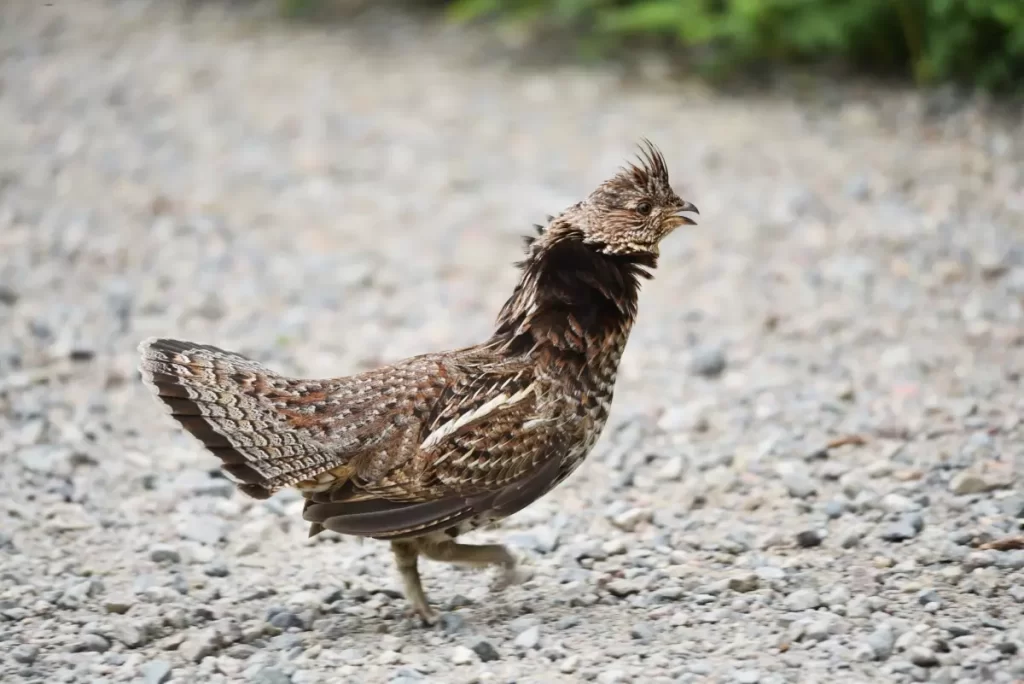
In the Smokey mountains you will find the ruffed grouse. While I have seen them in flocks you normally only find one at a time. Since they make a bit of noise in the dry leaves as they forage for food you can hunt them without a dog by just listening for them as you move through the woods. They prefer the new growth of logged over areas that are just coming back and where their food is in easy reach.
I like to hunt grouse stalking through the woods and listening for the rustle of leaves that they make. This is true hunting. Game bags are small as the grouse in North Georgia are relatively few per square mile but they make up for it in size being as big as a small chicken. The roar of their feathers as they flush adds a real thrill to the shooting. It has been known to startle those new to the sport to the point that they miss the shot or, taken aback, don’t shoot at all.
Dogs for grouse hunting should be large like the English Setter because the ruffed grouse is really too big for a Spaniel to get its mouth around easily. I remember grouse hunting with E.W. Horn, considered the greatest tool dressing blacksmith of the 20th Century. Horn was an avid hunter, and he had the finest Brittany Spaniel you ever saw. This dog was renowned for its prowess on quail but I felt sorry for it when it had to retrieve a grouse and was shoving it around at length trying to get his jaws wrapped around the big bird to retrieve it. After much difficulty it succeeded.
The woodcock or timberdoodle is also found in the South and this small bird with its erratic flight patterns offers a real challenge to the wing shooter. There is not much meat on these tiny birds, but they offer such thrilling shooting that some actively pursue them. It can be a real test of your shooting skill.
The wild turkey is our big game bird. The wild ones are highly intelligent and extremely illusive. The standard way to hunt them is to sit camouflaged in a blind and use a turkey call to lure them into shotgun range although I have hunted them successfully by stalking them in my everyday clothes. Contrary to the widely held belief that you need a 10 gauge magnum type shotgun and load I have found 1 ounce of # 6 shot over 3 drams of powder in a low brass 12 gauge load to work perfectly at all ranges. Even at extreme range the pellets go through feathers and the largest bones with no apparent slowing down.
Sitting in a blind and calling them is the normal way of hunting them. My wife, Betty was a master caller with a Lynch Fool Proof Turkey call. She could call them up to within feet of us. Betty always said that if you want to make a turkey call sound like a sexy female turkey then you should let a female do the calling. Makes sense.
I had a Tom cat that would sit with me at the blind in my back pasture and alert me to anything in the woods. No turkey could slip by him undetected. He would give me a dirty look if I turned my head at a sound. I was supposed to know what made each sound in the woods without turning my head. The cats were quite thrilled when I bagged a big turkey but if that Tom cat decided that there were no turkeys in the area and none coming he would head back to the house. I quickly learned that he was always right about these things.
Bird hunting on crisp, cool autumn days when the leaves are turning colors is one of hunting’s great pleasures. Just to be out in the woods and fields doing something you love is priceless plus you have the reward of getting your dinner the old fashioned way, by hunting. There is something deeply satisfying about that.
For more information on bird hunting in the South, contact wildlife agencies in

